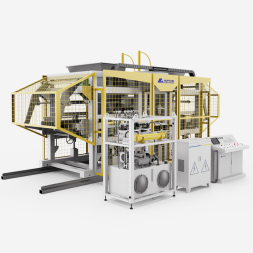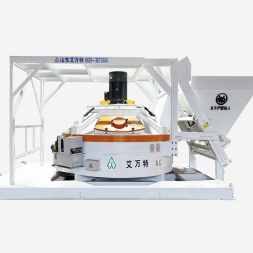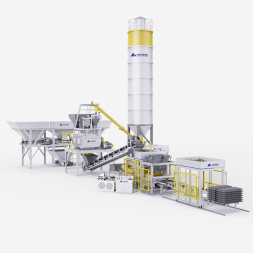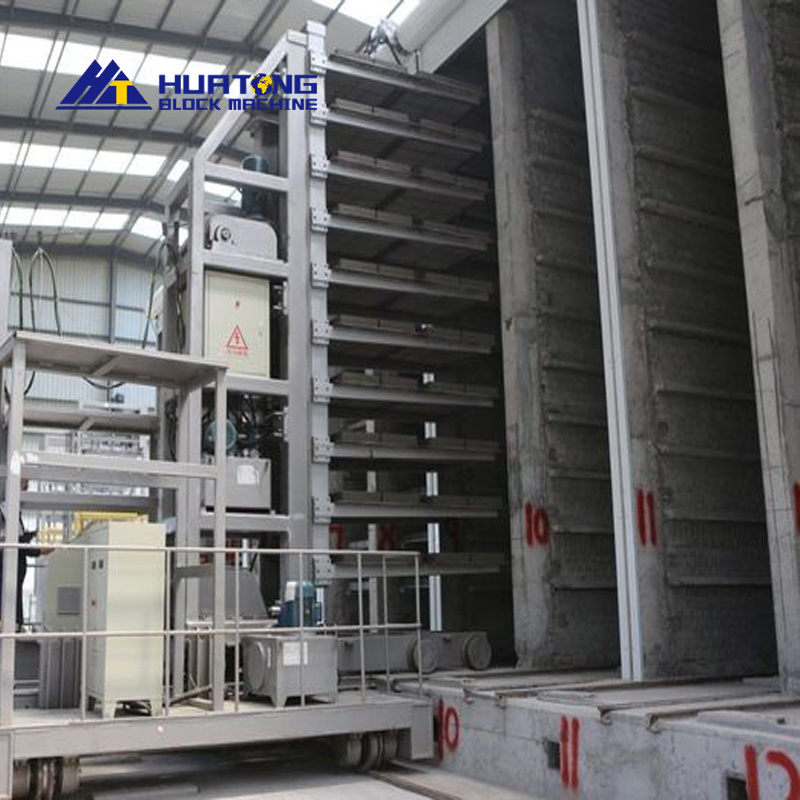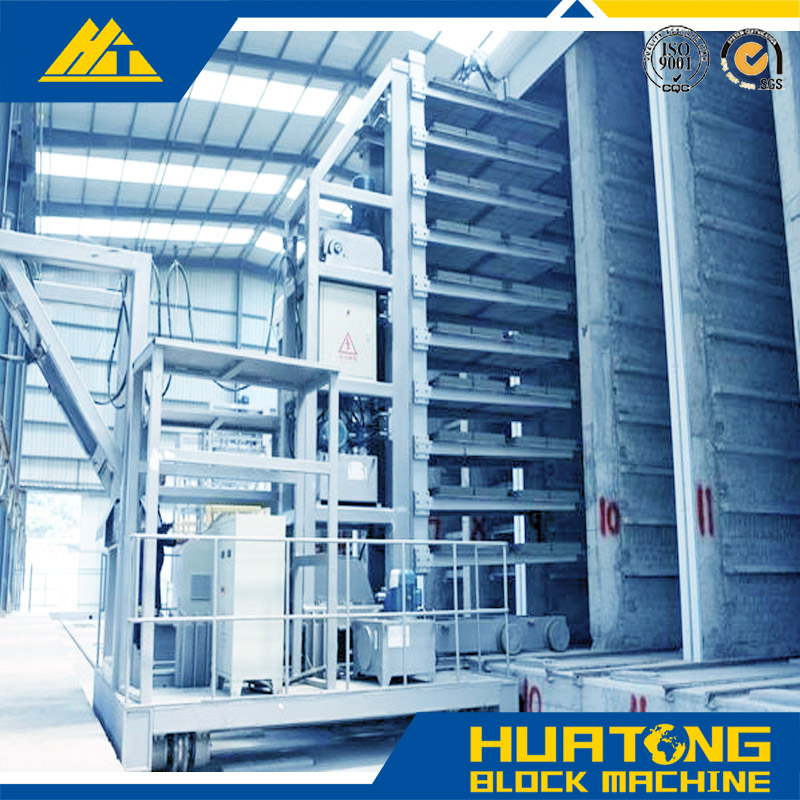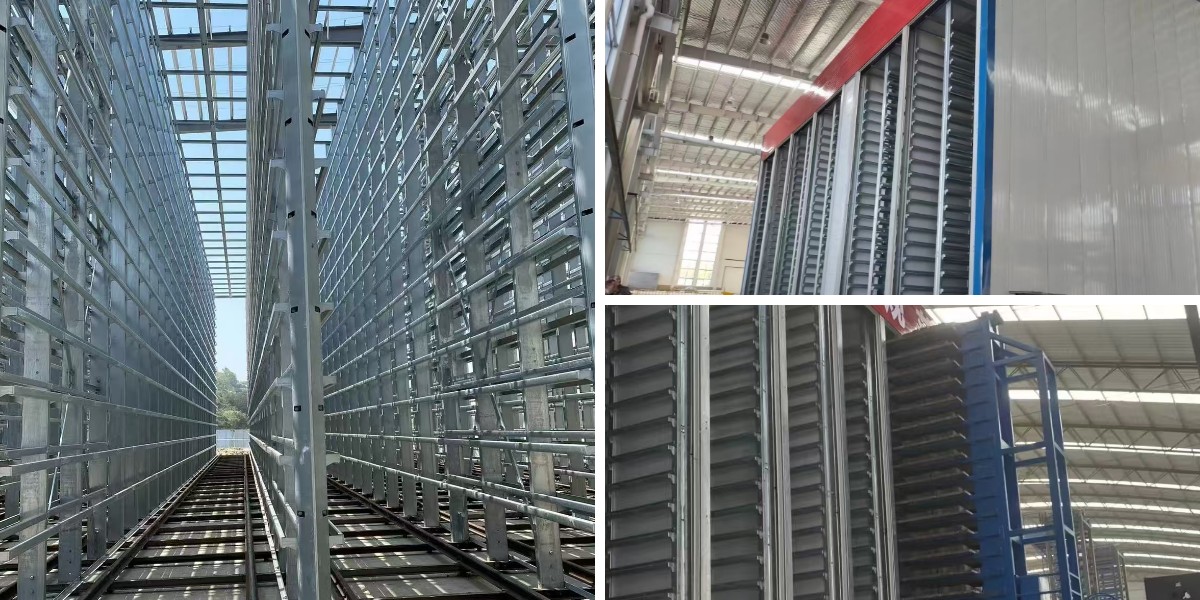Brick Machine Curing Kiln
Brick Machine Curing Kiln are equipment used to cure concrete products using atmospheric pressure, moist heat, or pressureless steam. They can be categorized as intermittent curing kilns and continuous curing kilns. The first type, such as curing pits or chambers, involves batches of products being placed in the kiln for curing. Heating, constant temperature, and cooling are controlled by the amount of steam introduced, making them suitable for water-based production processes. Tunnel-type curing kilns, zigzag melting kilns, and vertical curing kilns, on the other hand, involve products being continuously introduced from one end of the kiln and discharged from the other end after three stages of heating, insulation, and cooling, making them suitable for water-based conveyor belt production processes.
Curing Rooms
Curing rooms mainly come in two types: steel and concrete.
The first type, such as brick machine curing pits and curing rooms, loads products into the kiln in batches for curing. Steam is introduced to control heating, constant temperature, and cooling, making them suitable for water-driven production processes. Tunnel, zigzag, and vertical brick machine curing kilns, for example, load products continuously from one end of the kiln and discharge them from the other end after heating, constant temperature, and cooling, making them suitable for water conveyor belt production processes. The second type, intermittent curing kilns, offer a simple structure and are highly adaptable to different products. However, they consume a lot of steam, have poor operating conditions, low utilization rates, and require a large floor space. Continuous curing kilns overcome the shortcomings of intermittent curing kilns and are easier to automate, but they require significant capital investment.
